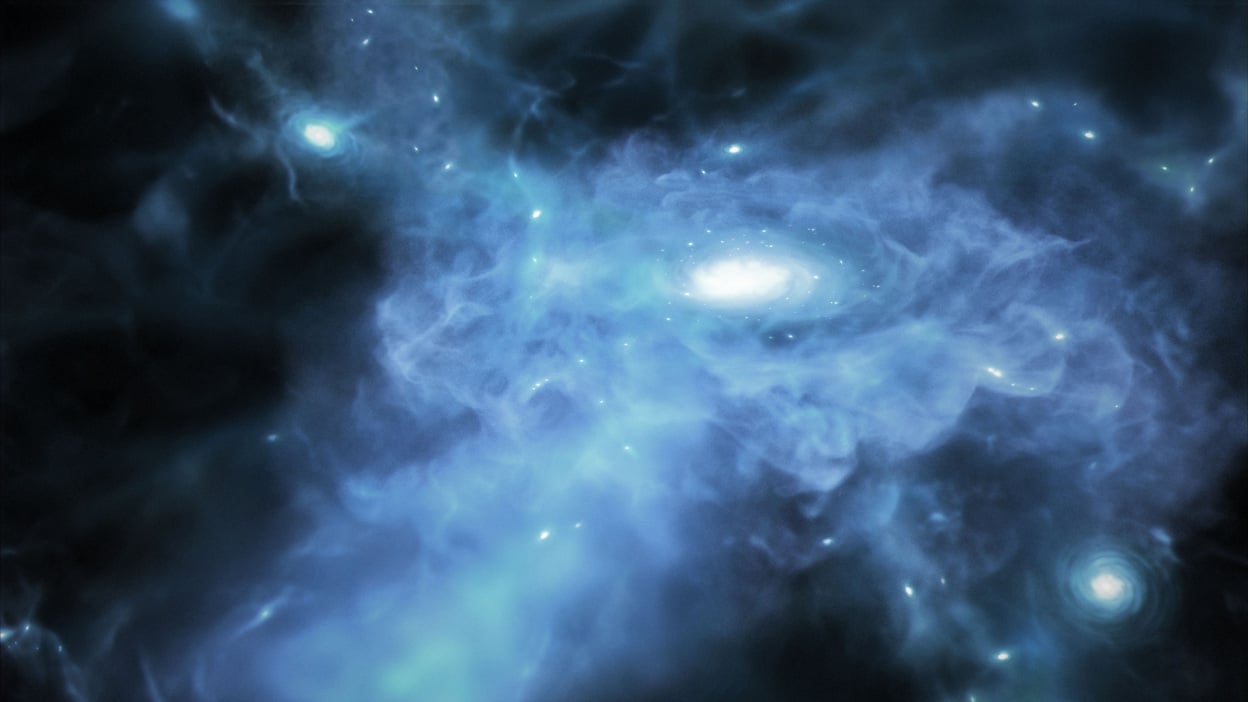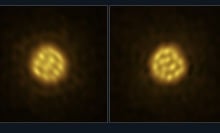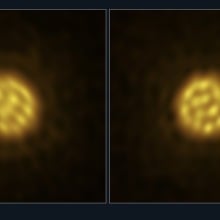Imagine archaeologists excavating an old cave where they believed they'd see primitive ape-like ancestors and instead found a fossil almost indistinguishable from a modern human.
That might be what astronomers felt when they discovered an evolved galaxy similar to the Milky Way, but lighting up space when the universe was merely 700 million years old. Given that most scientists believe the universe is 13.8 billion today, that period could still be considered the universe's toddler era, shortly after the Big Bang.
Using the Atacama Large Millimeter/submillimeter Array, or ALMA, an observatory in Chile’s Atacama Desert, researchers discovered a galaxy that appears to be as orderly as contemporary galaxies. The team named the cosmic wunderkind REBELS-25 and believe it to be the most distant rotating disk galaxy found so far. The findings were published in the Monthly Notices of the Royal Astronomical Society on Monday.
"According to our understanding of galaxy formation, we expect most early galaxies to be small and messy looking," said Jacqueline Hodge, a co-author of the paper at Leiden University in the Netherlands, in a statement.
The discovery is not only a record-breaker but another piece of mounting evidence, thanks to the James Webb Space Telescope, that suggests cosmologists need to revise their previous notions about galaxy evolution. Up until recently, theorists have believed a galaxy as elegant as the Milky Way — having a rotating disk and spiral arms, for example — would require billions of years of evolution.
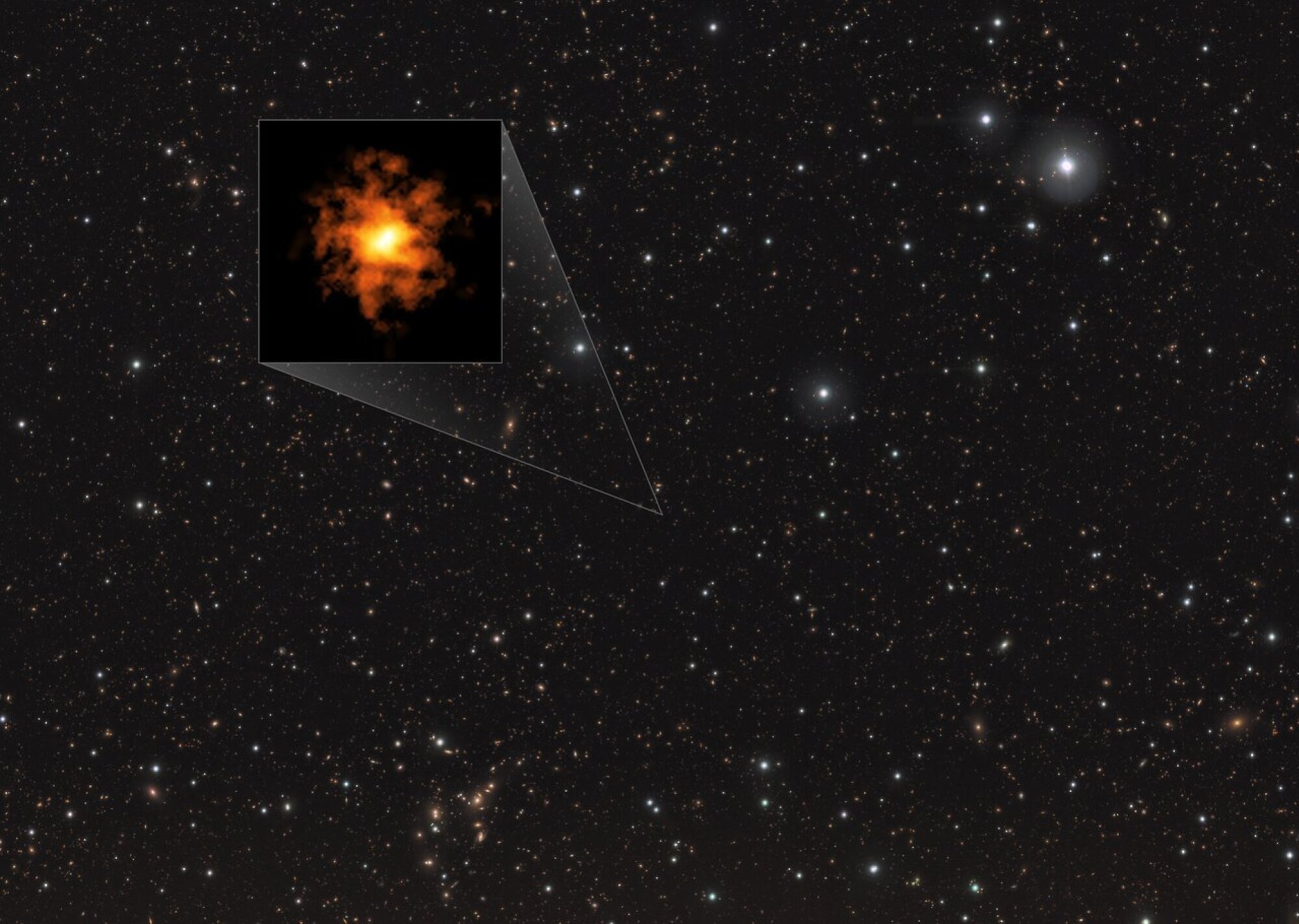
Just how similar REBELS-25, short for ALMA's Reionization Era Bright Emission Line Survey program, is to our home galaxy may become clearer soon. The study found hints of other mature traits, such as a central elongated bar and spiral arms. The research team intends to conduct subsequent studies on the ancient galaxy to confirm those features.
Such structures, if proven, would make REBELS-25 the most distant barred spiral galaxy known. That would beat the record holder, Ceers-2112, discovered just last year with NASA's Webb telescope. The detection placed Ceers-2112 at 2 billion years after the Big Bang.
Astronomers previously thought it took many billions of years for galaxies to become stable enough to develop so-called "bars," ribbons of stars and gas that cut across the core of a galaxy. Bars form in spiral galaxies when the orbits of stars near the galaxy's nucleus become erratic and stretched out. As the stars' orbits get larger, they start to fall in line, so to speak.
Bars grow as their gravity collects more nearby stars. Eventually, a large percentage of the stars within the galaxy's heart get caught up in the bar. When astronomers detect a star bar, they usually interpret it to mean the galaxy has reached a settled phase.
It was not that long ago that NASA proclaimed barred spiral galaxies were "latecomers" to the universe, based on the Cosmic Evolution Survey. The study, led by Kartik Sheth of the Spitzer Science Center at Caltech in Pasadena, looked at more than 2,000 spiral galaxies from a Hubble Space Telescope census.
That sample found far fewer Milky Way-like galaxies 7 billion years ago, when the universe was about half its current age. Only 20 percent of the spiral galaxies in the distant past possessed bars, compared to nearly 70 percent of their more-modern cohort, according to the prior research. Those observations led astronomers to conclude that even massive galaxies closer to the dawn of time would have been more clumpy, with ill-defined structures.
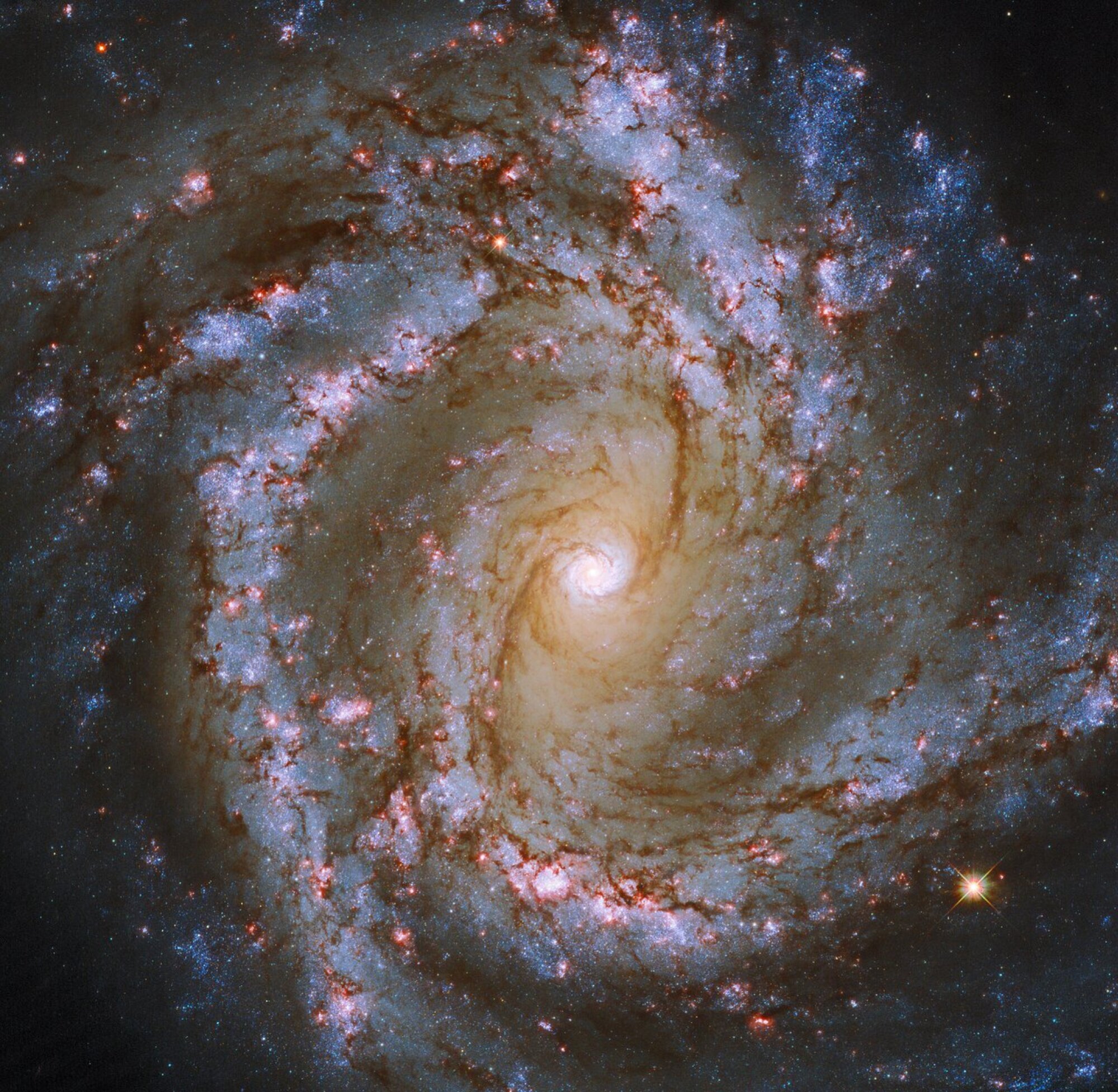
Hubble had limitations, though, observing only as far back as about 8 or 9 billion years ago. With the enhanced sensitivity of the Webb telescope, detecting light that has stretched into the infrared by the universe's expansion, researchers have since seen bar development even longer ago.
A team, led by Durham University in the United Kingdom, used Webb data to study bar formation in galaxies as they would have looked 8 to 11.5 billion years ago. Of 368 disk galaxies sampled, those scientists saw two times more with bars than Hubble, according to their paper published in April.
Lucie Rowland, lead author of the REBELS-25 paper, said this ancient galaxy, which doesn't fit the profile of an early galaxy, is living up to its name.
"Seeing a galaxy with such similarities to our own Milky Way, that is strongly rotation-dominated, challenges our understanding of how quickly galaxies in the early Universe evolve into the orderly galaxies of today's cosmos," she said.
